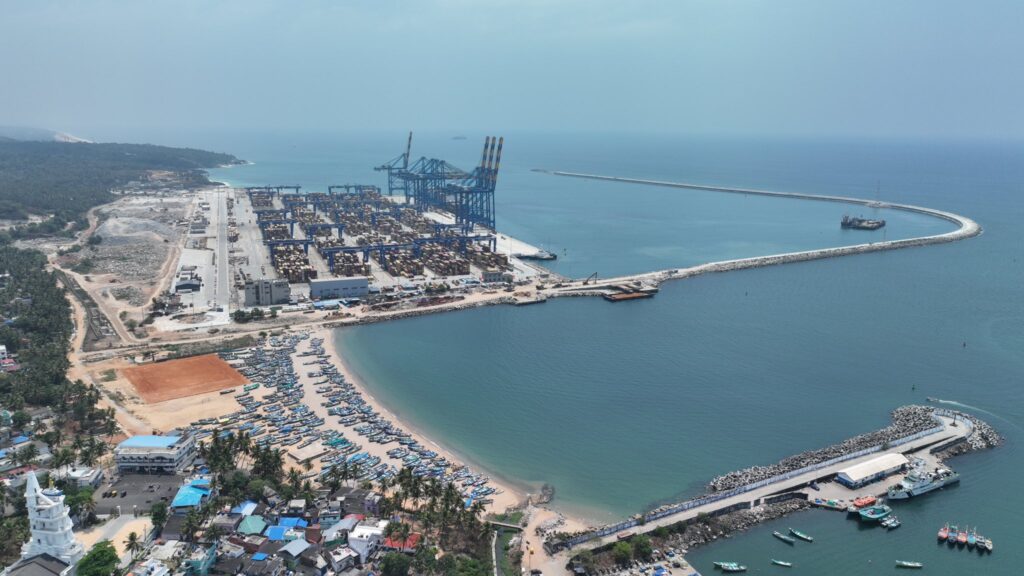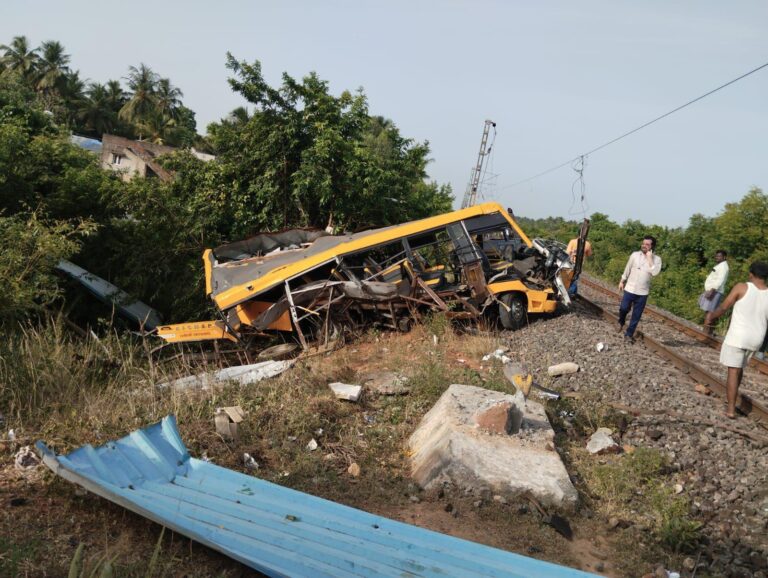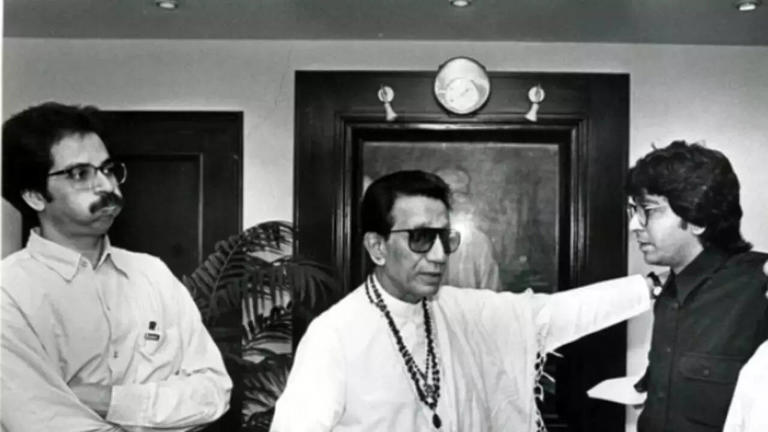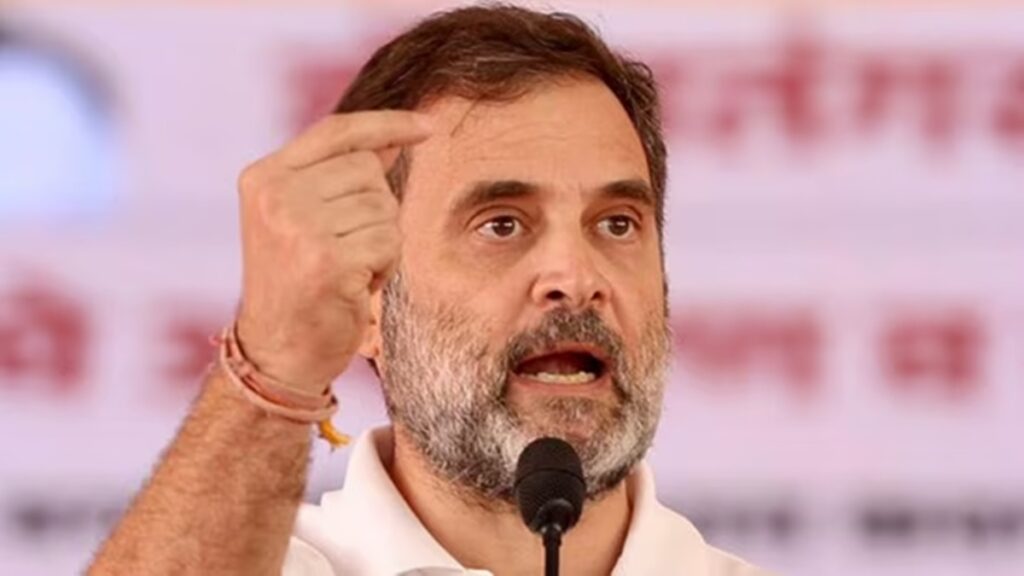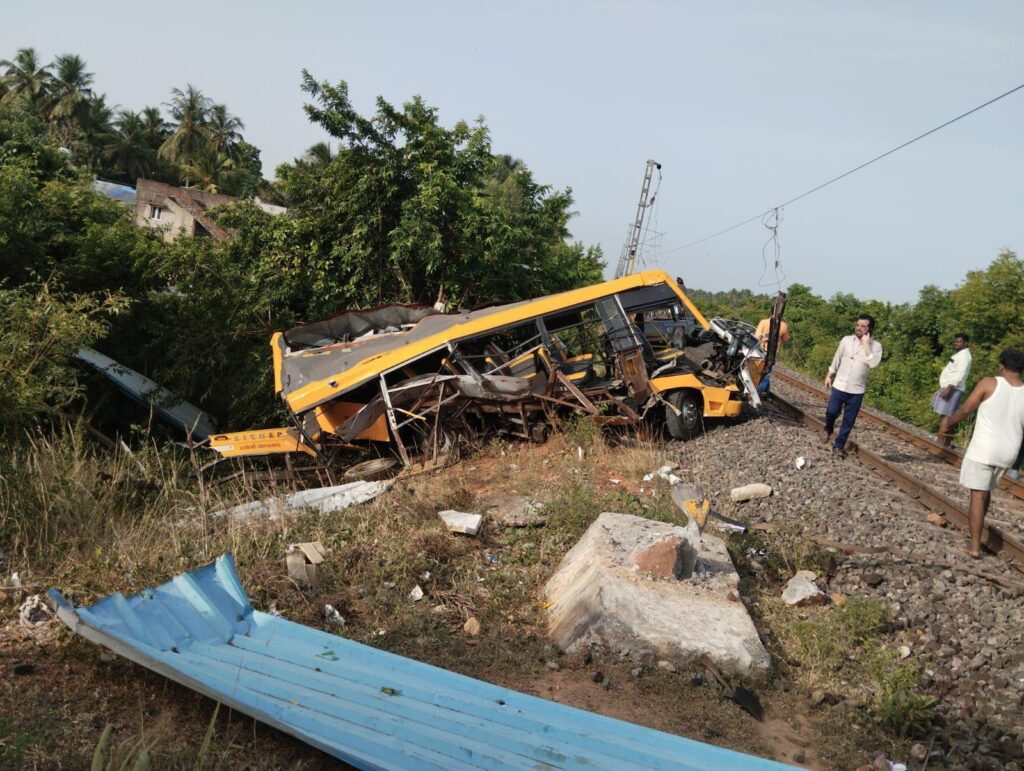Vizhinjam Port Just Changed the Indian Ocean Game.
Prime Minister Narendra Modi inaugurated Vizhinjam Port in Kerala—India’s first deep-water transhipment hub, capable of docking the world’s largest cargo ships. But this isn’t just about building a port—it’s about shifting the global balance of trade power. Because for the first time, India might stop depending on foreign ports like Colombo and Singapore—and start controlling its own maritime future, right from the shores of Kerala.
What Makes Vizhinjam Port a Game-Changer?
On May 2, 2025, Prime Minister Narendra Modi inaugurated the Vizhinjam International Seaport in Kerala, marking a historic milestone. It is India’s first deep-water transshipment hub, capable of handling ultra-large container ships with capacities of up to 24,000 TEUs (Twenty-Foot Equivalent Units). Strategically located just 10 nautical miles from major international shipping routes, Vizhinjam is poised to reduce India’s heavy reliance on foreign ports such as Colombo, Singapore, and Jebel Ali.
The port is being developed with advanced automation, smart logistics systems, and eco-friendly technologies that make it a modern maritime gateway. It has the potential to handle 70% of India’s transshipped cargo domestically, which is currently managed by foreign ports. This could save billions in annual shipping costs and make Indian exports more competitive.
Vizhinjam’s geographic advantage is significant. Its natural deep draft allows massive vessels to dock without extensive dredging. This makes operations more efficient and cost-effective. Moreover, its position on the southern tip of the Indian peninsula places it close to the busiest east–west shipping route, enhancing India’s role in international trade logistics.
Why Is Vizhinjam Port Politically Charged?
While the port’s inauguration was a moment of national pride, it also ignited political debates. Congress MP Shashi Tharoor highlighted that the port project was initially conceptualized in the 1990s, under Congress-led governments, and that the current government is merely executing a long-standing plan. In contrast, the BJP emphasizes the leadership of PM Modi and the central government’s role in bringing the project to life.
A notable moment during the inauguration was the handshake between PM Modi and Shashi Tharoor, which quickly went viral on social media platform X (formerly Twitter). Users debated over which party deserves credit, making Vizhinjam a trending topic nationwide.
Despite delays at the dysfunctional Delhi airport, managed to land in Thiruvananthapuram in time to receive Prime Minister Narendra Modi on his arrival in my constituency. Looking forward to his officially commissioning Vizhinjam port, a project I have been proud to have been… pic.twitter.com/OoGHeS0Gbe
— Shashi Tharoor (@ShashiTharoor) May 1, 2025
Additionally, the port has faced local resistance, especially from fishermen’s communities. They have protested over concerns regarding coastal erosion, environmental damage, and insufficient rehabilitation packages. These issues have made Vizhinjam not just a trade and infrastructure story, but a politically sensitive and socially complex project.
What Challenges Lie Ahead for Vizhinjam?
Despite its promising start, Vizhinjam faces multiple challenges. It must compete with well-established transshipment hubs like Singapore, Colombo, and Dubai, which already have strong international linkages and trust.
Environmental sustainability is another concern. The region has experienced coastal erosion, which many locals believe is connected to port development. The project will need to adopt and maintain eco-sensitive practices to ensure long-term support from local communities.
Moreover, the port is being developed and operated by the Adani Group, which has drawn criticism and public scrutiny. Some fear the implications of handing over a strategic national asset to a private entity, especially in a sector as vital as maritime trade.
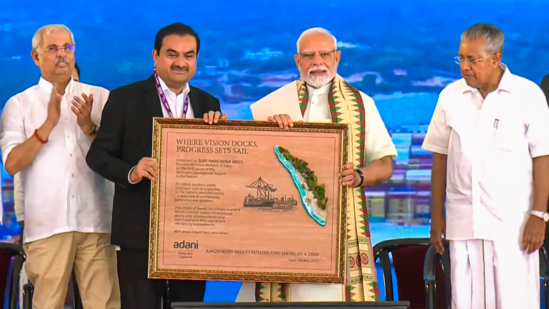
Today, at Vizhinjam, history, destiny and possibility came together as a 30-year-old dream of Kerala became India’s gateway to the world.
— Gautam Adani (@gautam_adani) May 2, 2025
We are proud to have built India’s first deep-sea automated port. A future global transshipment hub. This is a triumph of vision, resilience… pic.twitter.com/343mjcNcAB
In conclusion, Vizhinjam Port is a transformative project for India’s trade infrastructure. While it promises to elevate India’s position in global logistics, its political tensions, environmental impacts, and operational hurdles must be managed carefully to fulfill its full potential.


